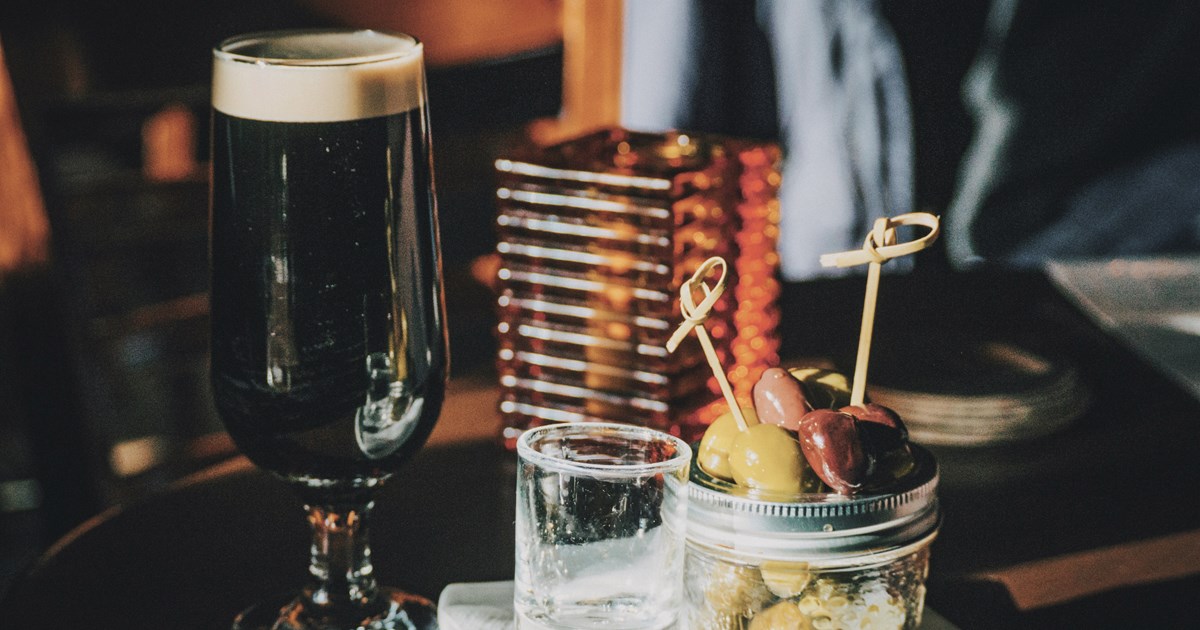Happy St Patrick's Day from all St Patrick's college staff

With St Patrick’s Day just around the corner, we thought we would tell you all you need to know about this lively Irish celebration!
History of St Patrick’s Day
St Patrick’s Day, otherwise known as ‘feast day of St Patrick’, is celebrated annually on 17 March. The day commemorates the death of Saint Patrick, who was one of Ireland’s patron saints. It has been observed as a religious holiday for hundreds of years and has gradually become a widespread celebration of Irish culture.
Who was Saint Patrick?
Saint Patrick is the beloved patron saint of Ireland. Born in Roman Britain, he was kidnapped at the age of 16 and brought to Ireland as a slave. It was there, while working as a shepherd, that he found God and became a devout Christian. Patrick eventually left Ireland and was able to return home, where he entered the church and became a priest. Years later, he went back to Ireland and converted thousands of the Irish, mainly pagans, to Christianity. His life was celebrated for establishing many monasteries, churches and schools, as well as ridding Ireland of snakes, according to popular legend!
Growth of St Patrick’ Day
The first St Patrick’s Day parade actually took place in the United States instead of Ireland. This was because after the Great Potato Famine in 1845 in Ireland, over one million immigrants fled to America, bringing with them Irish patriotism. The Irish American influence led to the first parade being held in 1762 in New York, and today more than one hundred St Patrick’s Day parades are held across the United States. As immigrants from Ireland continued to flee to other parts of the world, festivities on 17 March are now common in many parts of the world.
St Patrick’s Day traditions
St Patrick’s Day is a celebration of all things Irish. From leprechauns and wearing green to parades and shamrocks, here are some of the typical traditions associated with the day:
- Public parades, which are often bursting with Irish dance and song;
- Wearing green attire. This is associated with the shamrock that St Patrick supposedly used to teach pagan Irish people about the Holy Trinity;
- Many restaurants and pubs will offer Irish food or drink, which includes corned beef and cabbage, beef and guinness pie, Irish coffee and Irish stew.